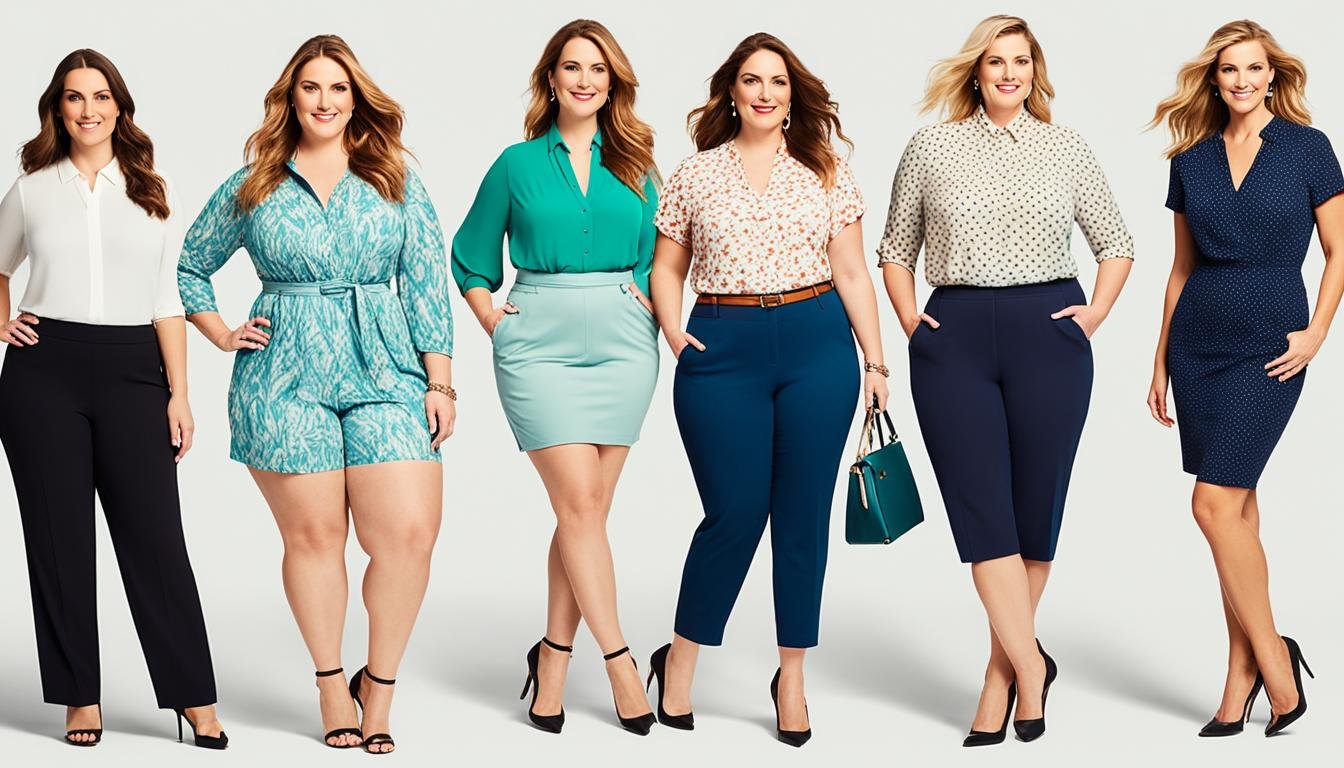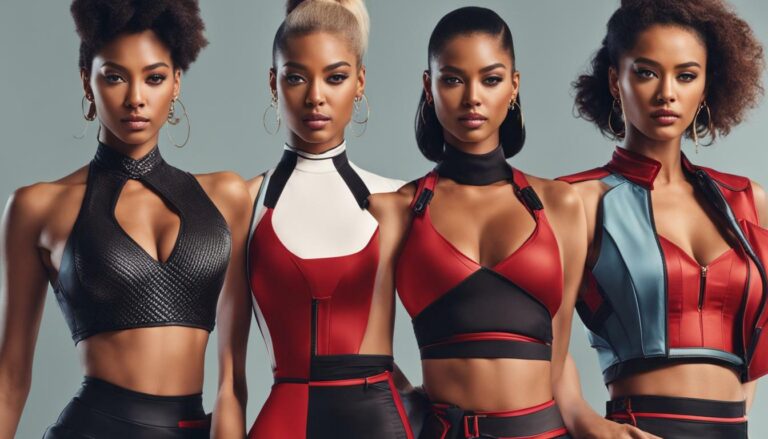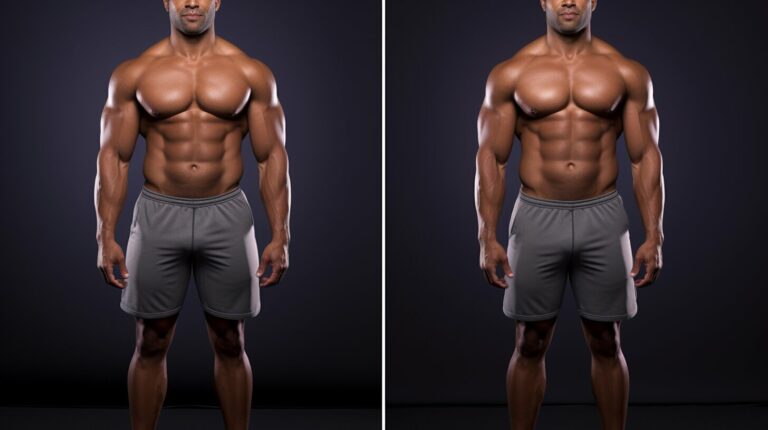Which Kibbe Type is Short?
The Kibbe body typing system categorizes individuals into different beauty types based on their facial features, bone structure, body type, and presentation. If you’re shorter in height, you might wonder which Kibbe type suits you best. In this article, I will explore the Kibbe body types for shorter individuals and offer tips on determining your short Kibbe type.
Key Takeaways:
- Shorter individuals are typically classified as Romantic or Gamine in the Kibbe system.
- Romantics have a soft, curvy figure, while Gamines have a mix of yin and yang features.
- Height does not solely determine Kibbe type, and there are exceptions among celebrities.
- Finding the right Kibbe type for shorter individuals requires considering various factors.
- Styling for short Kibbe types involves scaling down advice and emphasizing strengths.
Understanding Kibbe Body Types
The Kibbe body typing system, developed by image consultant David Kibbe, categorizes individuals into five main beauty categories based on their yin and yang features. The system takes into account not only body proportions but also bone structure, facial features, and overall essence.
While height was initially considered a masculine trait and limited the options for shorter women, it is important to recognize that height does not solely determine Kibbe type. There are petite individuals who fall into different Kibbe types based on their body structure, bone density, and overall appearance.
“Height should not be the only factor in determining one’s Kibbe type. It is about understanding how different elements, such as bone structure and body proportions, come together to create an individual’s unique essence and style,” explains David Kibbe.
To identify the best Kibbe type for shorter individuals, it is crucial to consider various factors and read through the descriptions of each Kibbe type. By examining how well the body structure, facial features, and overall essence align with the characteristics of a particular Kibbe type, individuals can determine their most suitable classification.
It is important to note that the journey of discovering one’s Kibbe type is a subjective process that requires self-reflection and exploration. By understanding the guidelines for each Kibbe type and interpreting them in the context of one’s unique features and personal style, it becomes easier to identify the best fit for shorter individuals.
Kibbe Types Demystified
Let’s explore the descriptions of the five main Kibbe body types:
- Dramatic: This type is characterized by angular bone structure, sharp features, and a tall, elongated silhouette.
- Natural: Natural types have a more relaxed and balanced appearance, with a mix of straight and curved lines in their bone structure and body proportions.
- Classic: Classic types possess a harmonious and balanced combination of angular and rounded features, with moderate bone structure and body proportions.
- Gamine: Gamines have a playful and youthful appearance, with a mix of yin and yang features, sharper angles, and a more compact silhouette.
- Romantic: Romantics have a soft and feminine essence, with delicate bone structure, a curvier figure, and rounded facial features.
Each Kibbe type has its unique characteristics and style recommendations. By analyzing one’s body structure, bone density, and overall appearance, individuals can identify the Kibbe type that resonates most with their essence and personal style.
Understanding the Kibbe body typing system and how it applies to shorter individuals allows for a more accurate identification of the ideal Kibbe type. Embracing this knowledge opens up opportunities to enhance personal style, improve body confidence, and showcase the best version of oneself.
Kibbe Types for Petite Bodies
For petite individuals, finding the right Kibbe type can be a challenge. Initially, the system limited shorter women to only two types: Romantic and Gamine. Let’s take a closer look at these Kibbe types and how they suit petite bodies.
Romantic
Romantics have a short, curvy figure with a soft and round appearance. They possess delicate bone structure and full, feminine facial features. Romantics exude a gentle and sensual essence.
Gamine
Gamines have a blend of yin and yang features, shorter stature, and more angular body types. Their bone structure is sharper, and they tend to have a playful and youthful appearance. Gamines possess a mix of masculine and feminine characteristics.
Although height is often associated with specific Kibbe types, it’s important to note that exceptions exist. Some celebrities defy these stereotypes, proving that height does not restrict one’s Kibbe type. As a petite individual, it’s recommended to explore the descriptions of all Kibbe types to find the one that aligns best with your body structure and essence.
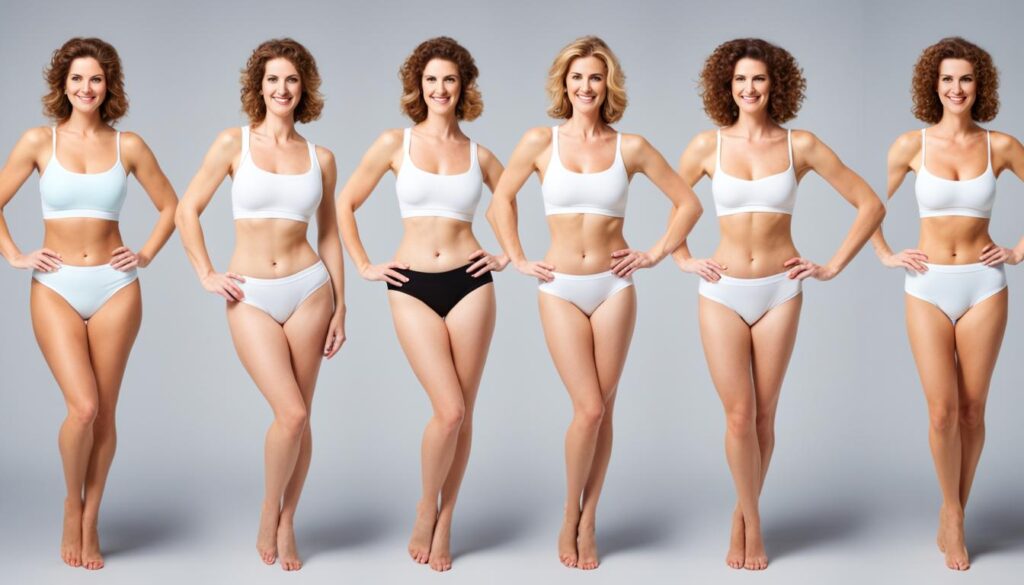
Being petite doesn’t limit your options when it comes to finding your perfect Kibbe type. It’s all about understanding your unique body structure and essence to embrace your true style and confidence.
Styling Tips for Short Kibbe Types
Once the Kibbe type for short individuals has been determined, it is essential to understand how to style and dress according to the guidelines of that type. While the Kibbe system provides various recommendations, there are some general principles that apply to all short Kibbe types.
- Scale down: When styling for shorter stature, it’s important to scale down the advice to fit your proportions. Avoid overpowering your frame with oversized clothing or accessories. Instead, opt for pieces that are in proportion to your body size.
- Highlight one specific detail: Rather than overwhelming your outfit with multiple focal points, choose one specific detail to highlight. This could be a statement accessory, a bold color, or a unique silhouette. By drawing attention to one key area, you can create a visually balanced and flattering look.
- Find a good tailor: For short individuals, finding a good tailor is essential. Clothes that are properly tailored to your body can make a significant difference in how they fit and flatter your figure. Invest in alterations to ensure a perfect fit, especially for key wardrobe staples.
- Take fashion trends with a grain of salt: While it’s exciting to experiment with fashion trends, it’s important to remember that not all trends are created equal for short Kibbe types. Don’t feel pressured to follow every trend blindly. Instead, choose the ones that work well with your body type and personal style.
Remember, these styling tips are meant to be tailored to individual proportions and preferences. Emphasize your unique strengths and experiment with different looks to find what makes you feel confident and comfortable.
Embracing Body Positivity Through Kibbe Types
While the Kibbe system may have its limitations and drawbacks, it can also be seen as a more body-positive approach to style. Unlike traditional body shape classifications, the Kibbe system considers not only body proportions but also essence and individual characteristics. It focuses on highlighting strengths and embracing personal style rather than attempting to balance or minimize perceived flaws.
By recognizing that style is not solely defined by body measurements, the Kibbe system encourages individuals to embrace their uniqueness and develop a more positive relationship with their bodies.
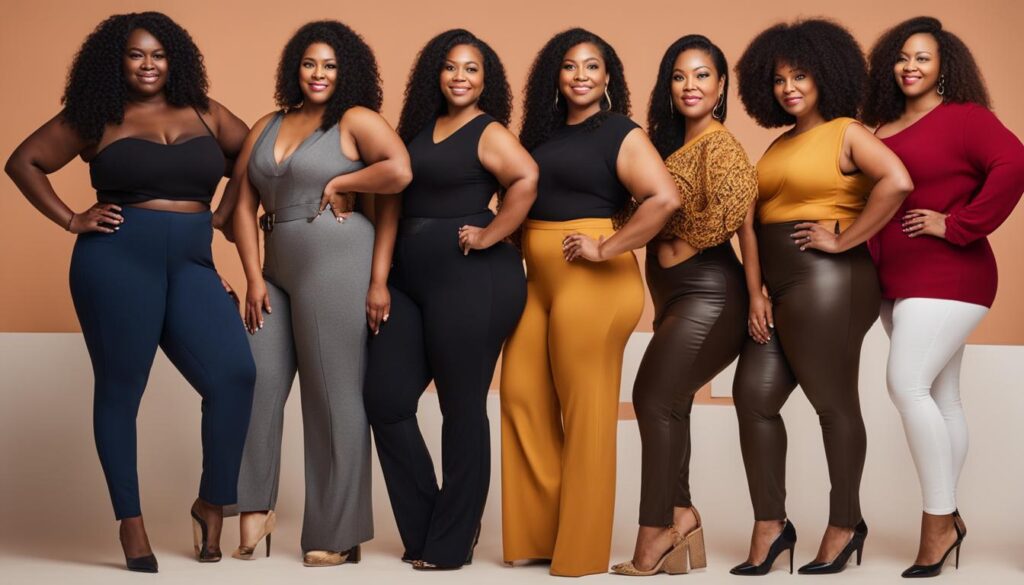
While the system may not be scientifically rigorous, it offers an alternative perspective on personal style and self-expression.
Conclusion
In conclusion, the Kibbe body typing system offers a valuable tool for individuals seeking to understand and embrace their personal style. While commonly associated with height, it is important to recognize that exceptions exist among celebrities and real-life individuals, proving that height does not solely determine one’s Kibbe type. By studying the different Kibbe types and their descriptions, and applying general styling principles for shorter individuals, it is possible to enhance personal style and boost confidence.
The Kibbe system, despite its limitations, provides a more inclusive and body-positive approach to fashion and style. It encourages individuals to embrace their uniqueness and recognize that style is not solely defined by body measurements. By highlighting strengths and focusing on individual characteristics and essence, the Kibbe system allows for a more positive relationship with one’s body and style.
For those who are shorter in stature, determining the most suitable Kibbe type may require careful consideration and exploration. It is important to explore the various Kibbe types, read through their descriptions, and tailor the advice to individual proportions. By doing so, shorter individuals can find their perfect fit within the Kibbe system and enhance their personal style.
FAQ
Which Kibbe types are considered suitable for shorter individuals?
According to the Kibbe system, shorter individuals are typically classified as either Romantic or Gamine types. Romantics have a soft, curvy figure with delicate bone structure and full facial features, while Gamines have a mix of yin and yang features, with sharper angles and more angular body types.
Is height the sole determining factor for Kibbe type?
No, height is not the sole determining factor for Kibbe type. While it may initially limit the options for shorter individuals, there are exceptions among celebrities and real-life individuals who defy these stereotypes. It is important to consider various factors, including body structure, bone density, and overall appearance, when determining the best Kibbe type.
How can shorter individuals find the right Kibbe type?
Shorter individuals can find the right Kibbe type by exploring the descriptions of all 13 Kibbe types and considering factors such as body structure and essence. It is essential to read through the guidelines for each type and identify the one that aligns with individual characteristics and personal style.
What are some general styling tips for short Kibbe types?
Some general styling tips for short Kibbe types include scaling down advice to fit a shorter stature, focusing on highlighting one specific detail rather than overwhelming the outfit, finding a good tailor for perfect-fit clothes, and taking fashion trends with a grain of salt. It is important to tailor the advice to individual proportions and accentuate strengths rather than strictly adhering to the rules.
Is the Kibbe system a body-positive approach to style?
Yes, the Kibbe system can be seen as a more body-positive approach to style. Unlike traditional body shape classifications, the Kibbe system considers not only body proportions but also essence and individual characteristics. It focuses on highlighting strengths and embracing personal style rather than attempting to balance or minimize perceived flaws.
